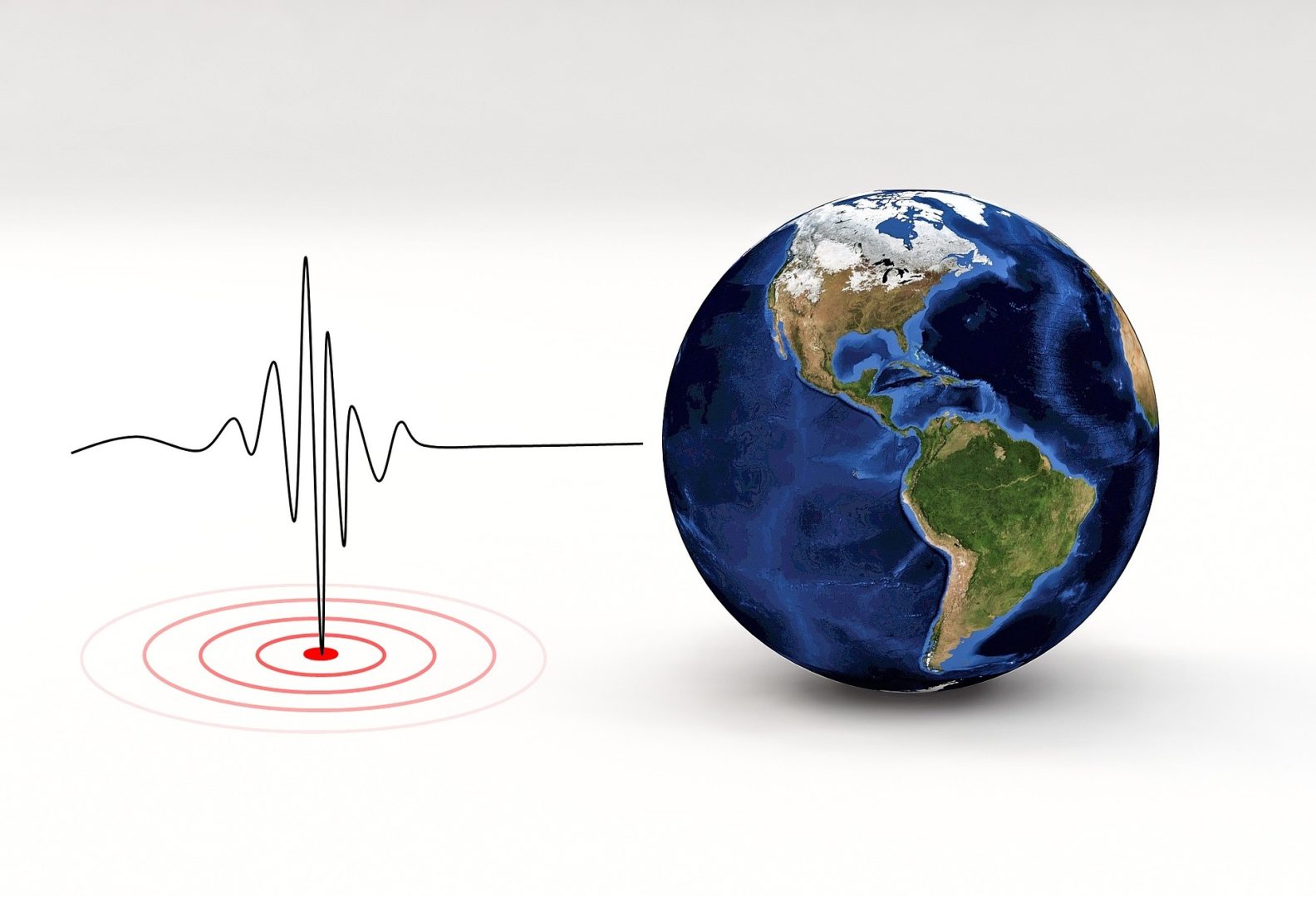Seismometers and Geophones: They are Speaking the Same Language
To really get a grip on the science of seismology, we first need to speak the language. You’ll often hear terms like seismic sensor, geophone, and seismometer used, sometimes even interchangeably. While they are all related to detecting ground motion, they aren’t exactly the same thing. Think of it like the difference between a vehicle, a car, and a sports car. They all get you from A to B, but their design and purpose are quite different.

Seismic Sensors: The Catch-All Term for Ground Motion
Let’s start with the big picture. A “seismic sensor” is the umbrella term for any device designed to detect and measure ground vibrations. These vibrations, or seismic waves, can be caused by anything from a massive earthquake shaking a continent to a controlled explosion for mineral exploration, or even the subtle tremors from traffic in a city. Their fundamental job is to convert physical ground movement into a measurable signal, usually an electrical one. This data is the raw material for countless applications in seismology, civil engineering, and resource exploration.
Geophones: The Rugged Workhorse of the Field
A geophone is the most common type of seismic sensor you’ll find in the field, especially for geophysical exploration. It’s the workhorse of the industry.
The basic principle is simple but effective: inside a geophone, a suspended mass (usually a coil of wire) moves relative to a magnet as the ground shakes. This movement generates a small electrical voltage that is directly proportional to the velocity of the ground motion.
Because they are relatively simple, durable, and cost-effective, geophones are perfect for deploying in large numbers for seismic surveys hunting for oil, gas, and minerals.
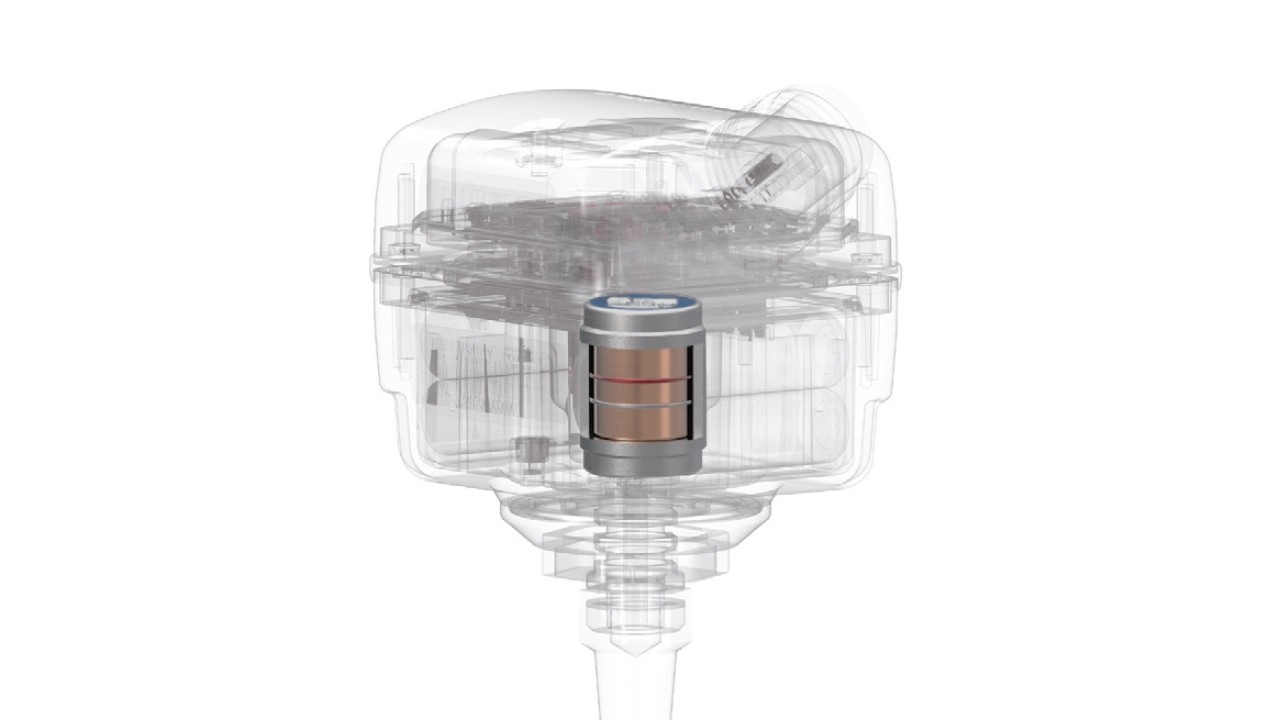
The Seismometer: More Than Just a Sensor, It’s a Complete System
So, what exactly is a seismometer? While the term “seismic sensor” is broad, a seismometer represents a sophisticated, integrated system designed for detailed seismic analysis. At its heart, a seismometer typically contains a highly sensitive geophone – the component that actually detects ground motion. However, a seismometer is much more than just the geophone itself. It’s a complete instrument package that includes advanced electronics for signal processing, precise timing (often via GPS), data storage, and communication capabilities.
This integration allows modern seismometers, particularly broadband instruments, to capture a vast spectrum of seismic waves with incredible fidelity. They can record everything from the sharp, high-frequency jolts of a nearby earthquake to the subtle, low-frequency undulations from a distant seismic event. The high-quality, detailed data produced by these systems is crucial for in-depth scientific analysis, enabling researchers to determine an earthquake’s magnitude, depth, and the underlying geological mechanisms. This precision makes seismometers indispensable for academic research, national earthquake monitoring, and evaluating seismic risks for critical infrastructure like dams and power plants.
In the context of geophysical exploration, you’ll often hear the term “seismometer” referring to modern, advanced seismic instruments that are built upon geophone technology but offer significantly enhanced capabilities and integrated functionalities. This usage highlights their evolution beyond basic sensing to become comprehensive data acquisition systems.

A Seismic Shift: From Heavy Cables to Wireless Smart Nodes
For decades, conducting a large seismic survey was a logistical nightmare. It involved laying out kilometers of heavy cables to connect thousands of geophones to a central recording unit. The process was slow, expensive, and limited by terrain. A river, a mountain, or a dense forest could stop a survey in its tracks.
The Freedom of Nodal Seismology
The game changed with the arrival of nodal seismology.
A seismic node represents a significant evolution in seismic instrumentation, essentially an advanced, self-contained form of seismometer. It ingeniously combines all essential components – a sensitive geophone for motion detection, an integrated battery for power, GPS for precise timing and location, and onboard data storage – into a single, compact, and autonomous unit. The elimination of external cables is a hallmark of this technology, simplifying deployment and revolutionizing seismic data acquisition with its robust and flexible design.
Crews can now deploy thousands of nodes quickly and easily, by hand or even by drone, across almost any terrains. This has opened the door to ultra-dense surveys that produce incredibly high-resolution images of the Earth’s subsurface, something that was previously unimaginable.
SmartSolo Nodes: The Advanced Seismometer Behind the Revolution
At the forefront of this nodal revolution is SmartSolo. With a long history in developing geophysical instruments, SmartSolo has become a global leader in serving geoscience by focusing on creating seismic nodes that are not only technologically advanced, but also incredibly practical for field use. Let’s look at several key products that showcase this philosophy.
IGU-16: The Foundation of Reliable Seismic Data
The IGU-16 is the cornerstone of the SmartSolo lineup.
It’s a single-component smart seismic sensor that has earned a reputation for being exceptionally rugged and reliable. Designed for the real world, it features a patented modular design that makes swapping batteries and downloading data incredibly fast and simple. This focus on operational efficiency means survey crews can do more with less time and effort.
The IGU-16 is the go-to choice for large-scale seismic surveys where durability and ease of use are paramount.
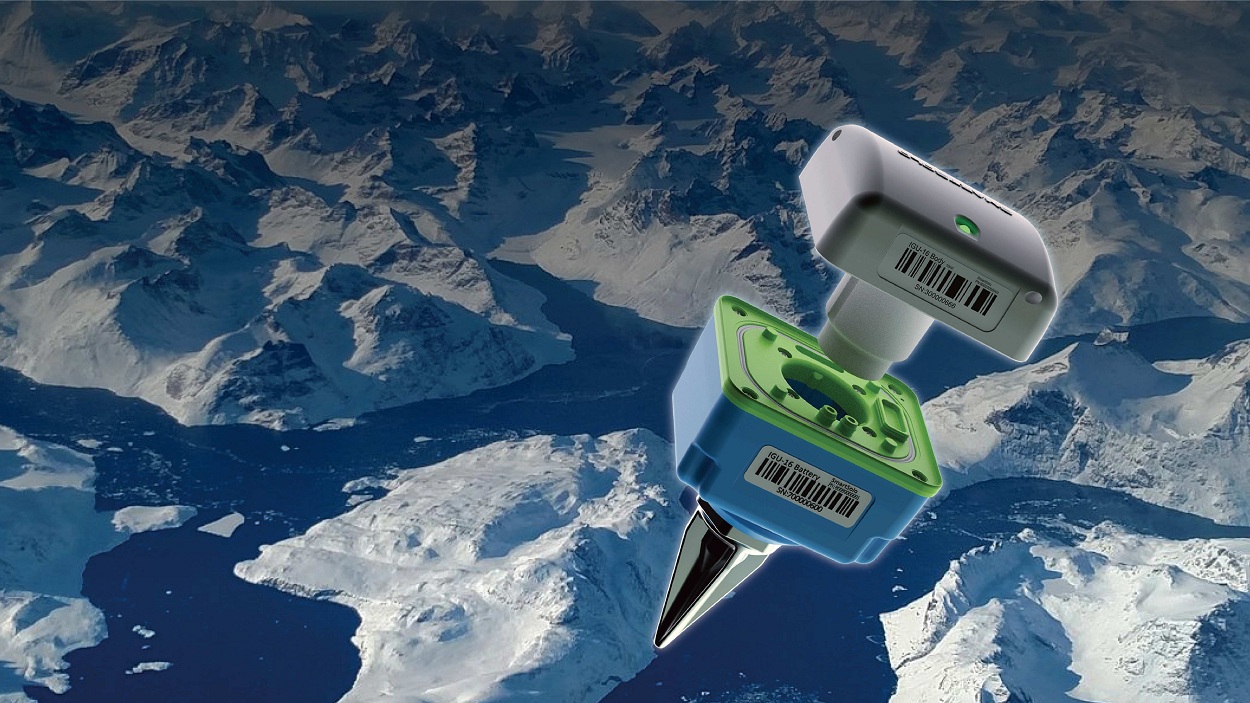
IGU-16HR 3C: Sensing the Earth in Three Dimensions
When a project needs more than just vertical ground motion data, the IGU-16HR 3C steps in.
This is a 3-component (3C) smart seismic sensor, meaning it contains three geophones oriented to capture motion in three dimensions. This provides a much richer dataset, essential for advanced applications like Horizontal-to-Vertical Spectral Ratio (HVSR) studies, which help characterize site-specific seismic amplification, and Multi-channel Analysis of Surface Waves (MASW) for near-surface shear wave velocity profiling.
Despite its advanced capabilities, the IGU-16HR 3C maintains the SmartSolo ethos of being lightweight, robust, and easy to deploy, making complex surveys straightforward.
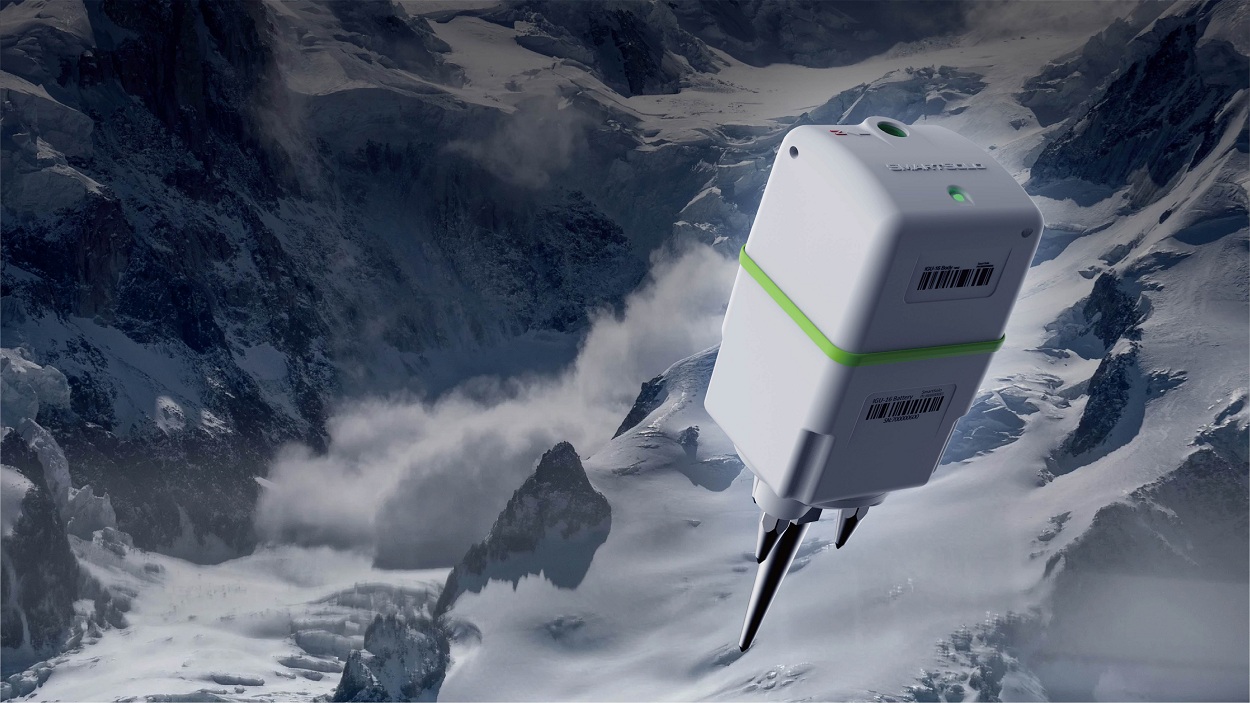
IMU-3C: The Hub for Real-Time Multi-Sensor Monitoring
For applications demanding real-time data and sensor flexibility, SmartSolo offers the IMU-3C, a 3-Channel Intelligent Monitoring Unit. Unlike our IGU series which features integrated internal geophones, the IMU-3C is a powerful and versatile data logger designed to serve as the intelligent core of a monitoring system.
Its primary function is to connect with various external sensors, acquire high-resolution data, and transmit it instantly. As a rugged, standalone node, the IMU-3C is equipped with a 32-bit ADC, a precise GNSS module for timing, and multiple communication options including 4G, WiFi, and Ethernet. This makes it an ideal hub for building networked arrays that perform high-density spatiotemporal measurement.
Its three channels allow it to connect to 3-component geophones or other sensor configurations, making it highly adaptable for a wide range of critical monitoring tasks, such as:
- Structural Health Monitoring: Continuously track the stability of bridges, tunnels, and dams.
- Geological Hazard Assessment: Provide real-time warnings for landslides, debris flows, and rockfalls.
- Specialized Surveys: Support complex needs like microseismic monitoring, CCUS, and perimeter security.
By acting as the intelligent data hub for various external sensors, the IMU-3C provides a new layer of insight, delivering the critical real-time data needed for the most demanding monitoring projects.
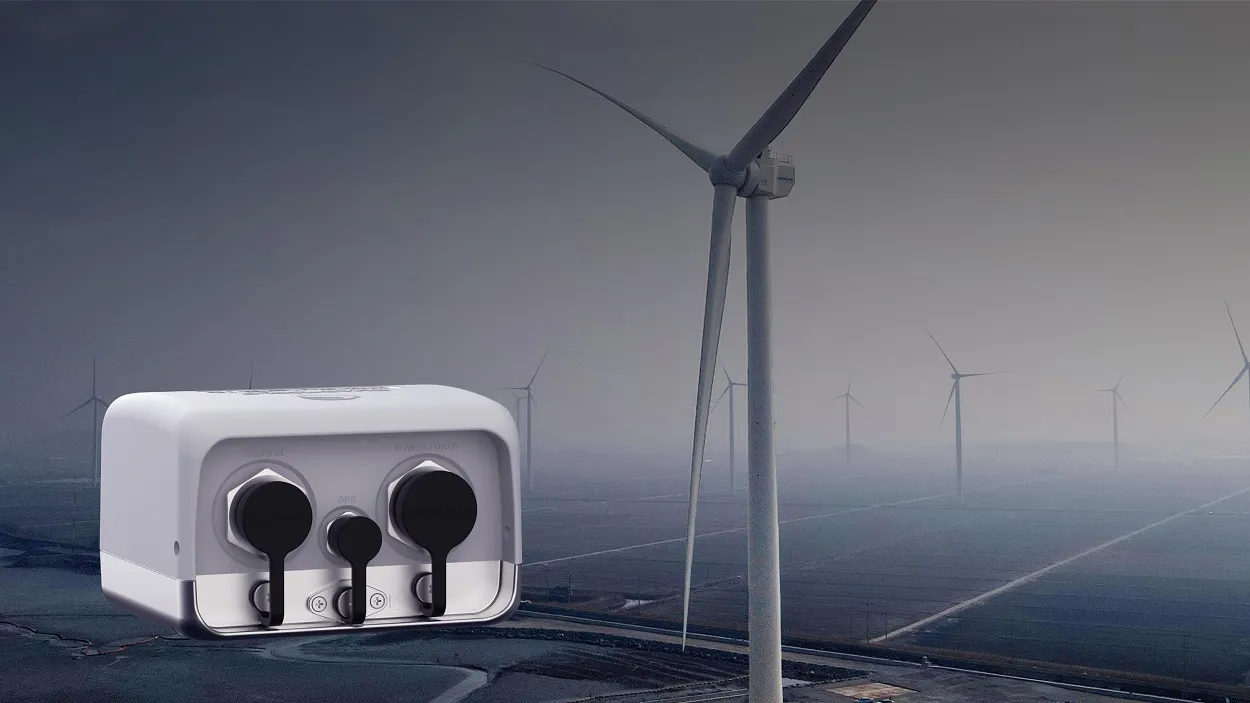
Powering the Next Wave of Discovery
The future of seismic exploration and monitoring is all about data—more of it, and better quality. The massive datasets generated by large-N (large number) nodal surveys are perfect for feeding into AI and machine learning algorithms. These advanced tools can help automate the process of picking seismic arrivals, filtering out noise, and even identifying patterns that could predict geological hazards.
SmartSolo Scientific is the enabler of this future. By making high-density seismic surveys economically and logistically feasible, SmartSolo provides the essential data that fuels these next-generation analytical techniques. From discovering new energy resources to helping cities become more resilient to earthquakes, the impact of reliable, accessible seismic data is immense.
Listening to the Earth, Smarter Than Ever
So, while a geophone and a high-precision seismometer are built for different tasks, they are both part of the same family of seismic sensors. The real revolution has been in how we deploy them. The shift to cable-free, nodal systems, championed by innovators like SmartSolo, has fundamentally changed what’s possible. By providing robust, easy-to-use, and technologically advanced tools like the IGU-16, IGU-16HR 3C, and IMU-3C, SmartSolo is empowering scientists and engineers to listen to the Earth’s whispers like never before, revealing secrets hidden deep beneath our feet.
